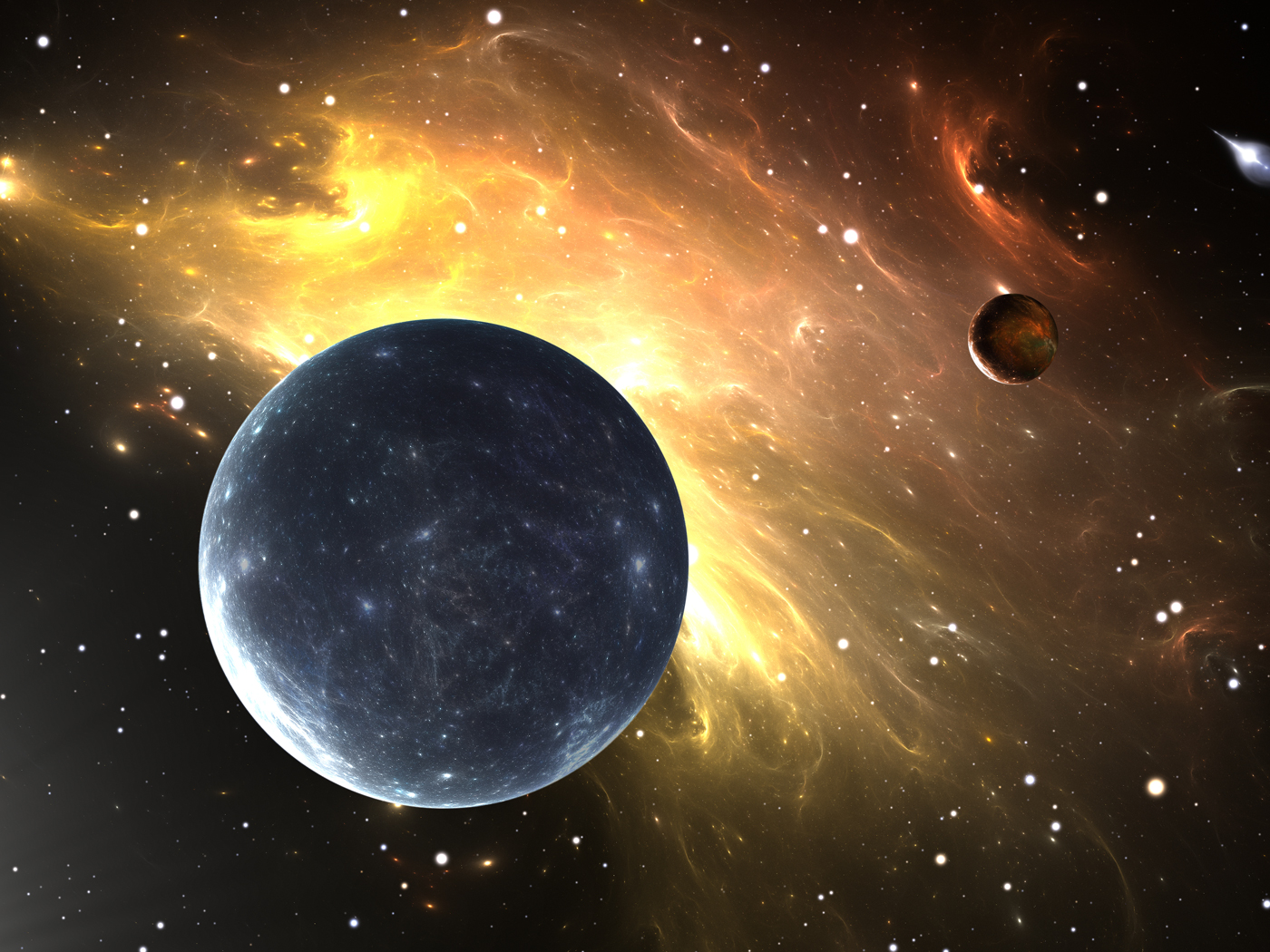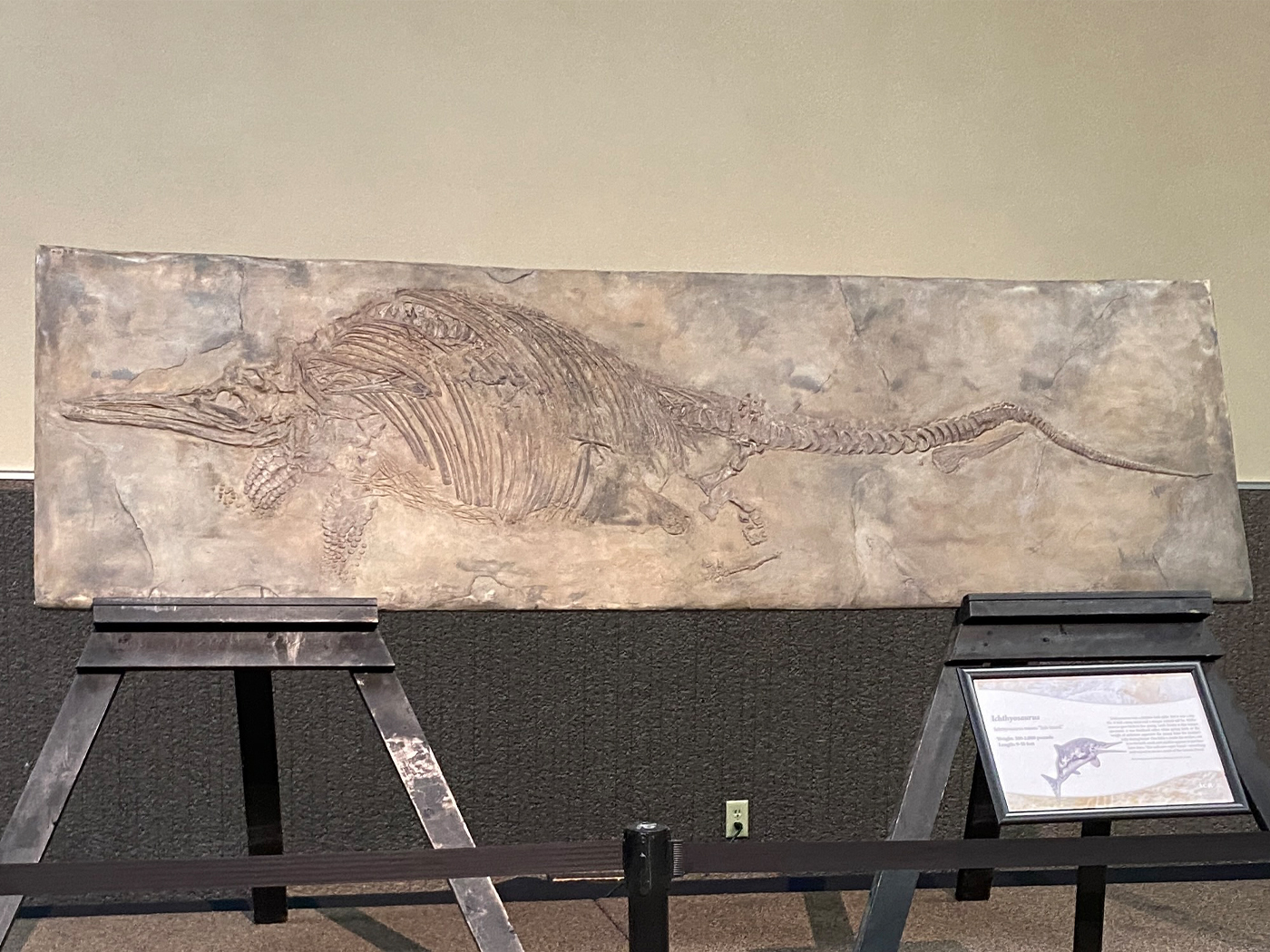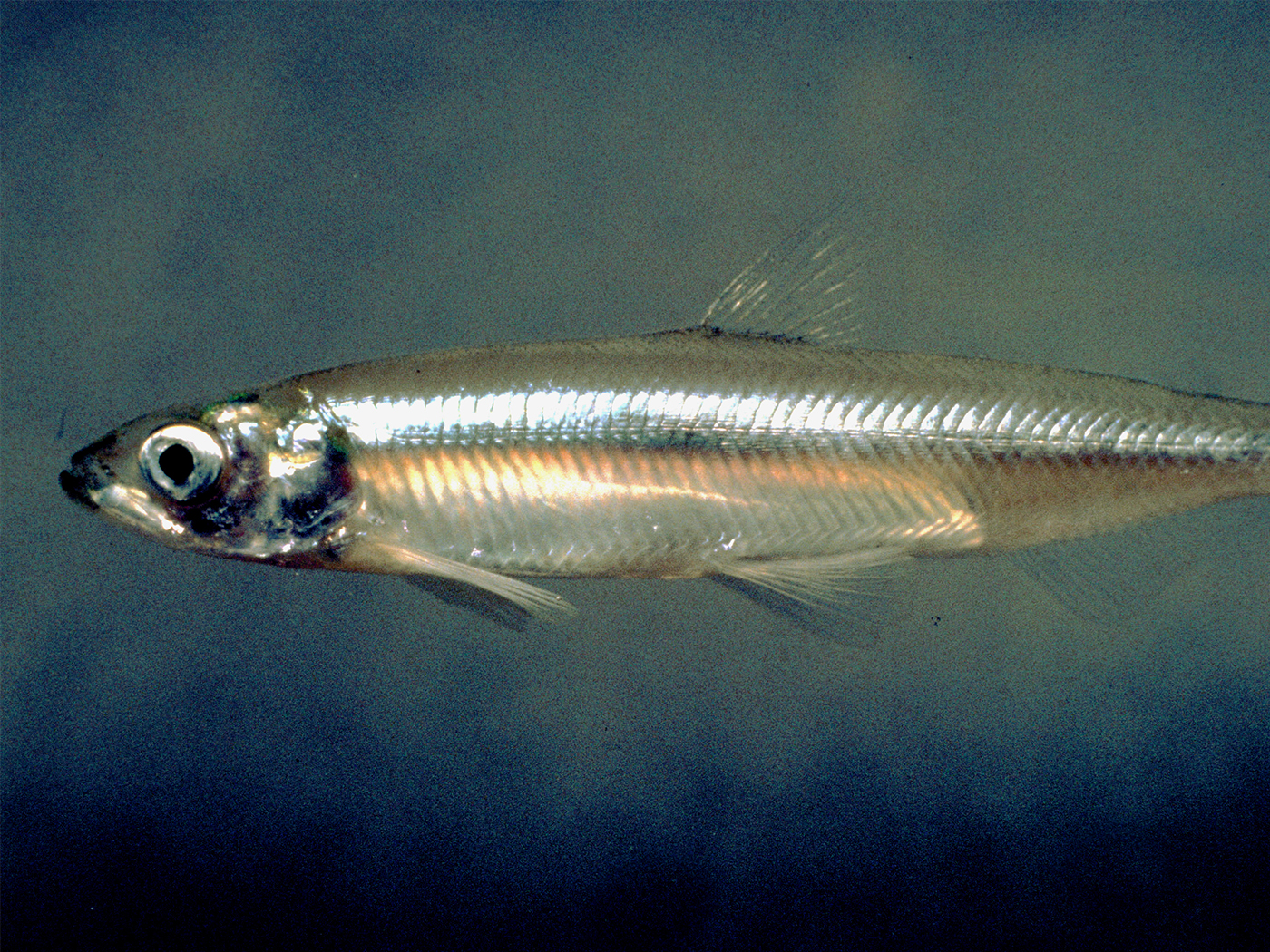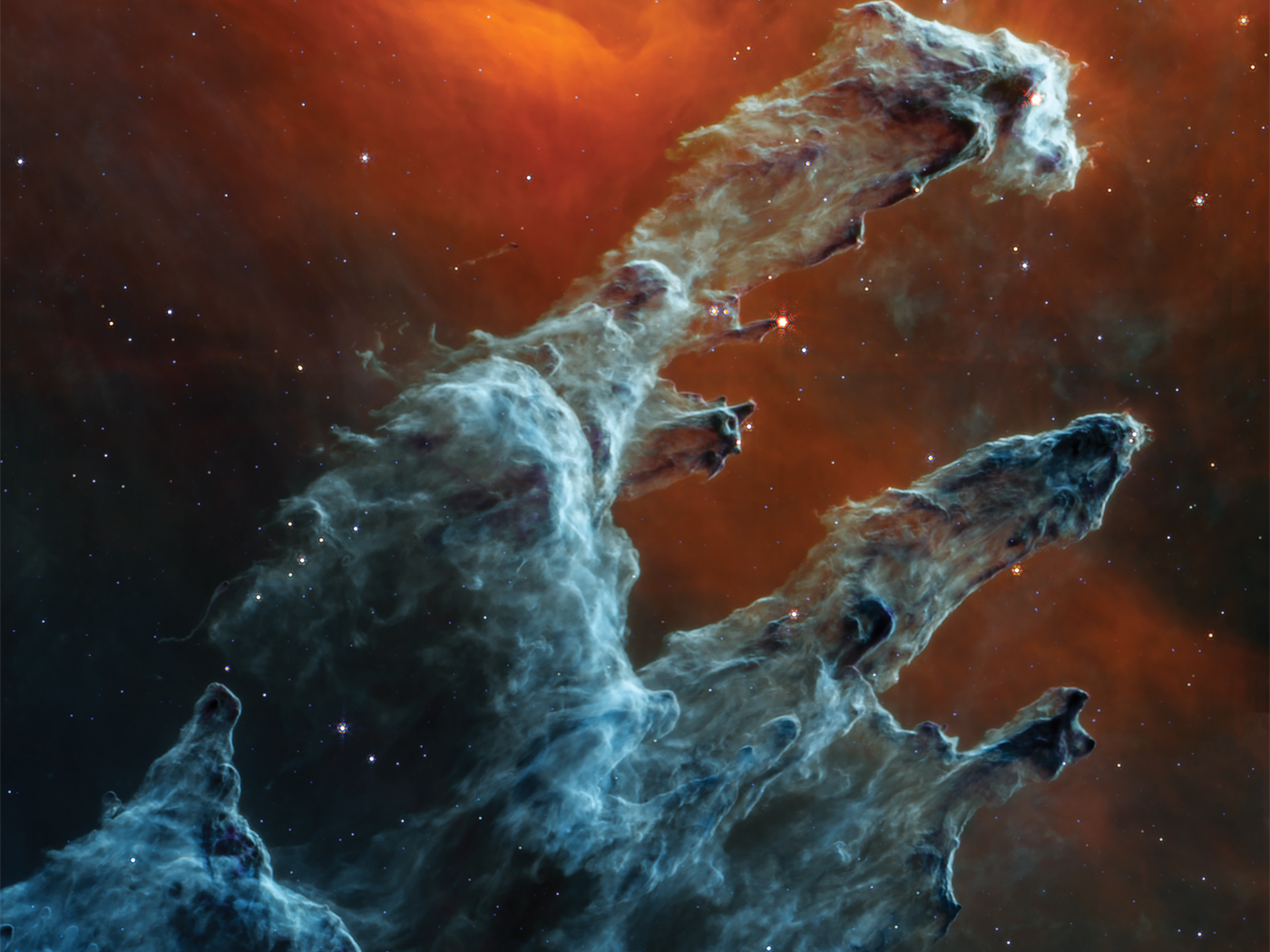One year ago, one of the most startling discoveries in the history of solar system exploration was announced. One of Saturn's little moons, Enceladus, less wide than Arizona erupted and continues erupting. Plumes had been suspected months earlier, but by November 2005, the evidence was unmistakable: up to 375 kilograms of water per second is being ejected at temperatures up to 180 kelvins. Enceladus joins Earth and Io as actively erupting solar system objects. Even more surprising, the eruptions are all at the south pole--normally the coldest region of a planet or moon. The reactions of scientists are nearly as interesting as the observations themselves.
Enceladus was known to be unusual. The brightest object in the solar system, it reflects nearly all the light that hits it. In 1981, Voyager saw half-melted craters and resurfaced regions. Early on, it was a prime target for the Cassini mission (launched October 1997). Since Enceladus orbits in the densest part of Saturn's E-ring, scientists expected it might be a source for this broad, diffuse band, outside the main rings, composed of microscopic ice grains. This ring could not survive more than centuries without constant replenishment.
Cassini made its first three passes near Enceladus in early 2005, each one increasingly spectacular. On July 14, the orbiter skimmed only 100 miles above the surface and immediately found remarkable things. A set of parallel cracks about 130 kilometers long and half a kilometer wide, which the Cassini team dubbed "tiger stripes," appeared centered on the craterless south pole.
The infrared spectrometers measured the highest temperatures inside these cracks. Crystalline ice detected there cannot be more than decades old. In addition, ice and dust ejections peaked in this region. The November backlit image finally showed a dozen plumes coinciding with the tiger stripes. Water is being ejected with substantial force from these plumes, like in a Yellowstone geyser. Freezing immediately, some of it escapes Enceladus and feeds the E-ring.
The findings were reported in a special issue of Science 3/10/2006. It wasn't long until scientists began wondering how to fit the observations into 4.5 billion years, the assumed age of the solar system. At current eruption rates, Enceladus would have ejected 1/6 of its mass and recycled its entire mass in that time. Neither radioactivity nor tidal flexing appear sufficient to sustain the activity. Apparently Enceladus also gets hyperactive. A huge surge in the E-ring was observed in early 2004 on approach. It is unlikely Cassini just happened to be present if this were a rare event.
Planetary scientists are actively reworking their models in light of these surprises. The simplest explanation, that Enceladus might be young, does not even enter the mind of most of them. It's a sure sign of dogma when no observation, no matter how anomalous, challenges an accepted belief. The assumed age of the solar system has become a thought prison. Creation scientists, unhindered by such notions, should go forth and discover the fountains of youth.
* David F. Coppedge works in the Cassini program at the Jet Propulsion Laboratory. The views expressed are his own.
Cite this article: Coppedge, D. 2006. Enceladus: A Cold, Youthful Moon. Acts & Facts. 35 (11).














